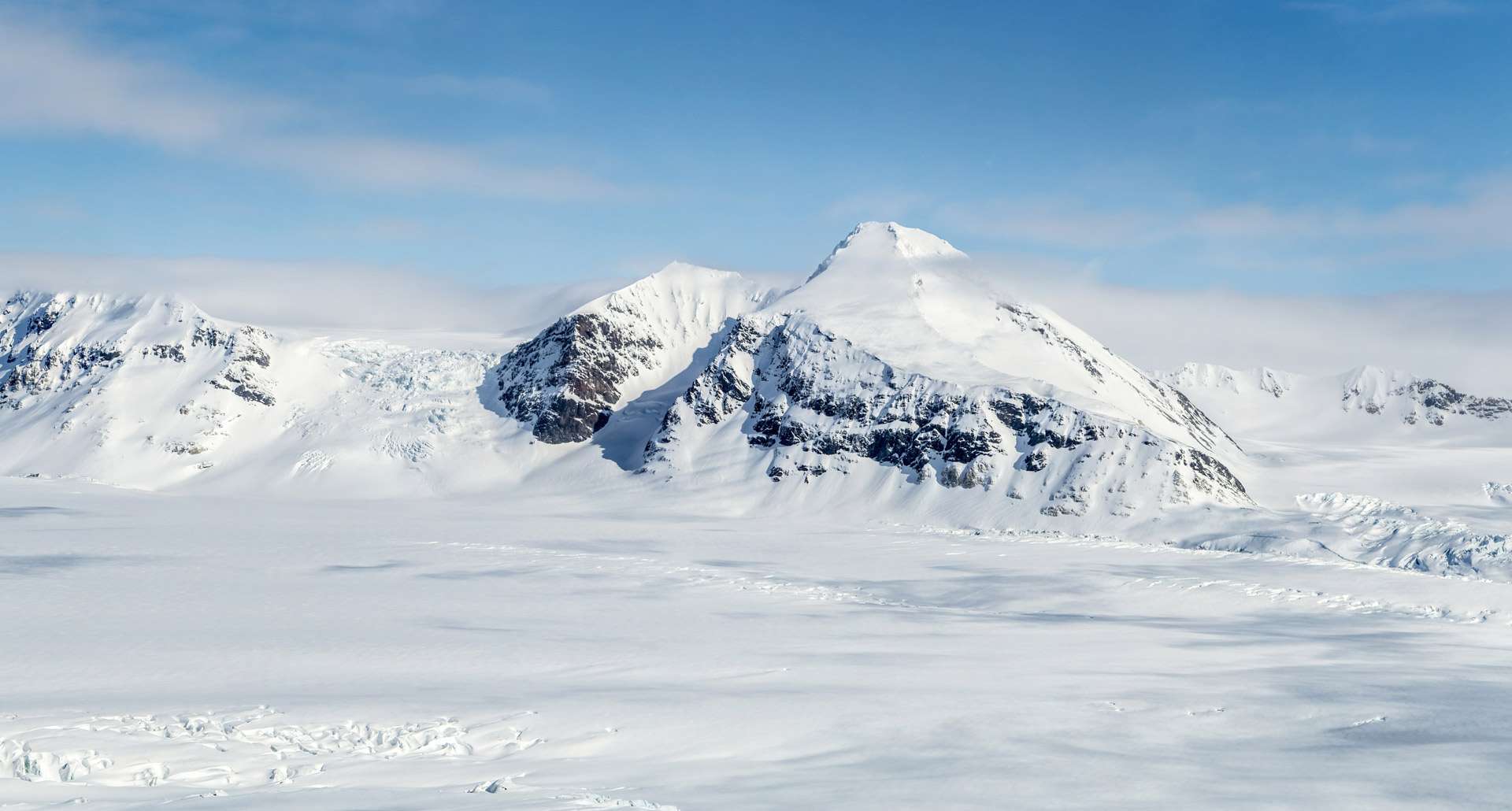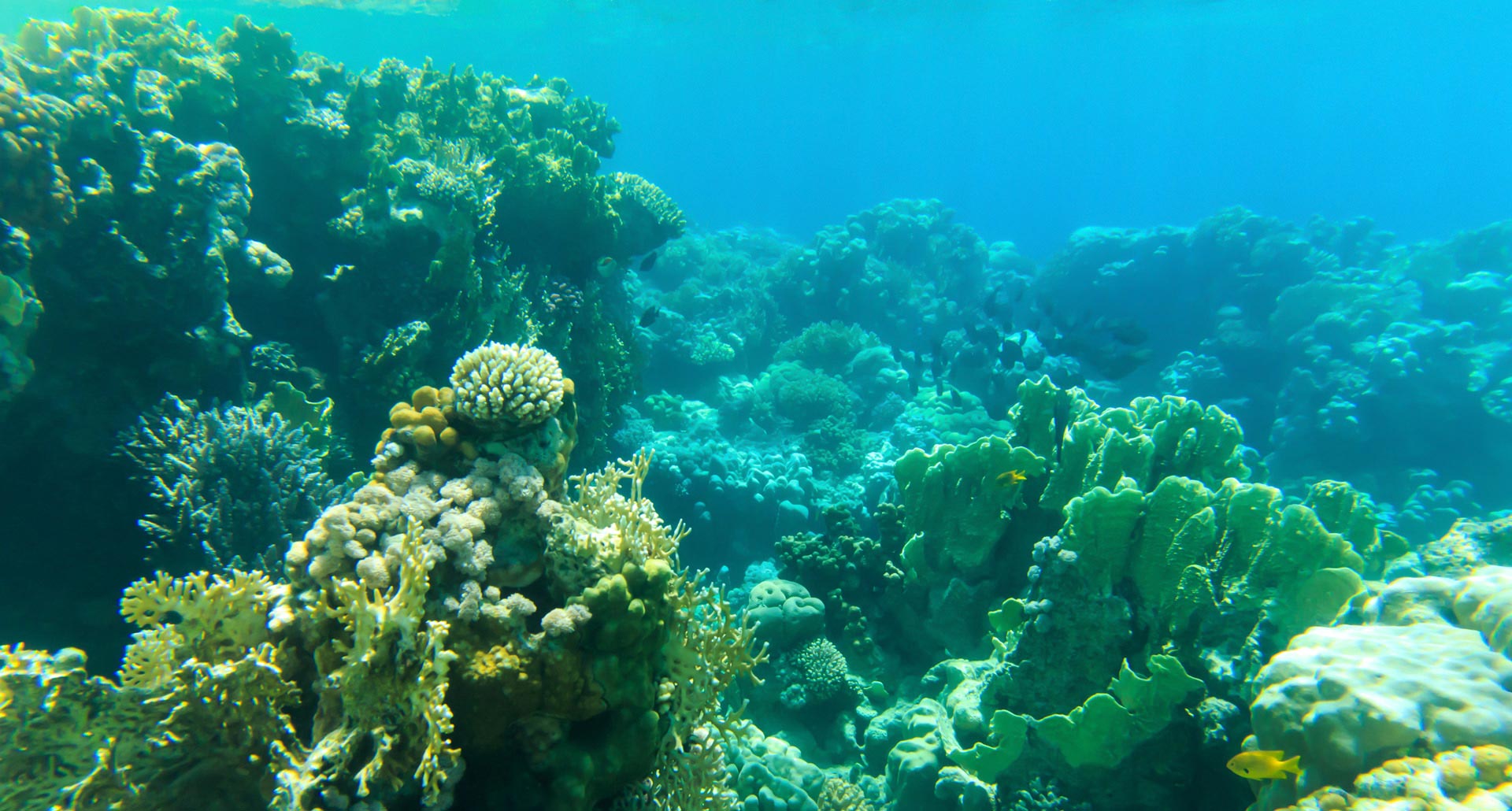Planetary resources
Any activity, including one involving reforms, is based on the following:
- resources;
- an established form of ownership of these resources;
- the implementation of ownership rights in the economy;
- resource processing technology;
- workforce;
- financial resources.
These factors ensure that the ownership rights are endorsed, profits are made and the cost of labor is covered. In turn, technology, labor and financial means could also be treated as resources of different types: intellectual, corporate or public, social, and financial-economic. Thus, resources become the focus of our attention, because we view them not only as a condition and a necessary element of an activity (production cycle), but as a source of funding for the activity.
(1) Planetary Resources: Definitions
Classical economic theory understands resources as factors of production: land, labor and capital. Economic entities use these factors in varying degrees. Agriculture was the main type of production before the 20th century; therefore, land was considered the main resource. With industry gaining more weight, manufacturing equipment and technology as well as industrial and banking capital acquired more value. In post-industrial society the focus is on the services sector with such resources as information, communication, knowledge, technologies, intellectual and infrastructural capital, and, finally, human capital.
The traditional breaking of resources into the three groups of land, labor and capital should be considered obsolete. It may be sufficient for macroeconomic purposes as it can explain how people choose an industry for their business. However, this oversimplified approach is not enough when we describe a national economy, let alone a global system of production – distribution – consumption. We need a more detailed and systematic concept of the planet’s resource potential as well its objective assessment.
The contemporary notion of resources includes substances, materials, forces and energies that are capable of:
-
participating as input links and integral elements in natural or anthropogenic cycles;
-
being useful to nature and people;
-
being measured in quantitative and qualitative terms of the physical content (volume, density, concentration, mass, power, intensity, conductivity, energy consumption etc.) and the economic content (accessibility, quality, cost, price and liquidity).
Resources also have such qualities as the interrelation with each other and with the environment as a whole, as well as complementariness and limitation (depletion).
There is a whole number of resource classifications based on various criteria. We have amalgamated some of the most common typologies in the table below.
(2) Planetary Resources: Classifications
| # | Classification Type (criteria) | Resource Categories and Types |
|
|---|---|---|---|
| 1 | Evolutionary-historical classification (origins) | Natural: Source and mechanism do not depend on people | Artificial (anthropogenic): Product of human purposeful activity |
| 2 | Physicalist classification (substantiality) | Material (objectified) | Non-material (ideal) |
| 3 | Environmental-biological classification (usefulness) | Biospheric “Resources of the biosphere are represented only by the renewable resources of substances, energy and information, controlled by living organisms”1 | Technospheric “Resources of the technosphere include, in addition to a major part of biospheric resources, which have been captured by man and taken out of the biotic cycle, non-renewable resources, which are primarily extracted from the Earth’s crust and beyond the control of the biota of the biosphere, and which are mostly useless, if not harmful, to anyone besides humans”2 |
| 4 | Environmental-Economic Classification (exhaustibility/renewability) | Renewable (practically inexhaustible vis-à-vis the technosphere) | Non-renewable (exhaustible) | ||
| Cosmic | Planetary | Geological | Biotic | ||
| light, heat, solar radiation, gravitation | atmosphere, hydrosphere, geo-thermal energy, climate resources | rock formations, ores, minerals that emerged in the geological history of the Earth | products of the ancient biosphere buried in the Earth’s crust, e.g., fossil fuels and sediments | ||
| 5 | Natural Science Classification (composition) | land | mineral | water | climatic | atmospheric | plant | animal |
| 6 | Economic Classification (economic use) | Operational and supporting | Currently used or capable of being used | Energy and non-energy |
| 7 | Production-economic Classification (economic sector) | Fuel and Energy | Metallurgy | Petrochemical Industry | Agriculture | Wood Processing Industry |
A question arises: what is the reason for differentiating the notions of planetary resources and natural resources? And why do we introduce the notion of planetary resources at all? Will the neologism of planetary resources not end up an empty or artificial concept, thought up and used solely with a view to form and strengthen a special ideological discourse?
First of all, it must be said that the term ‘planetary resources’ is used in one of the above classifications. The environmental-economic classification divides resources into cosmic and planetary based on their exhaustibility and renewability. In this case, planetary resources include atmosphere, hydrosphere, geo-thermal energy and climatic resources.
Second, we believe it is possible to expand the notion of planetary resources. However, before we do this we would like to define planetary resources using their essential qualities:
-
the notion of planetary resources is inclusive in that it includes various classifications;
-
planetary resources serve as the basis for any other resources - it is not possible to maintain the Earth’s sustainability and reproduction as a holistic system;
-
planetary resources are inalienable and not appropriable, because they exceed the norms, claims and limitations of any national jurisdiction due to their scope and fundamental character.
No doubt, this definition implies the need to expand the notion of planetary resources. We will represent it in table format and then provide some explanations.
(3) Planetary Resources: Types
| № | Resource | Components | The Most Valuable Elements |
|---|---|---|---|
| 1 | Near Space | Celestial bodies (the Sun, planets, meteorites, comets etc.), their orbits and energies (gravitational fields, solar radiation, radiation, electromagnetic radiation) | Sunlight and thermal energy |
| 2 | Earth’s Atmosphere | Troposphere, tropopause, stratosphere, stratopause, mesosphere, mesopause, Karman Line, thermosphere, thermopause, and exosphere | Oxygen and ozone |
| 3 | Solid and liquid substances in the Earth’s crust | Continents and islands, soils, geo-thermal energy, the world ocean, internal bodies of water, and hydrothermal energy | Fertile soils and fresh water |
| 4 | Climate as a combination of the Earth’s climate zones | Air temperature, water temperature, humidity, atmospheric pressure, light conditions | Climates suitable for the existence and reproduction of complex forms of protein life |
| 5 | Earth’s Crust | Continental crust, ocean crust, mineral resources, upper mantle, lower mantle, outer core, core | Non-renewable exhaustible mineral resources |
| 6 | Biosphere as an Integral System | biota, including humans and anthropogenic systems | humans (due to their ability to shape the environment and bear responsibility for it) |
| 7 | Noosphere | information, civilization-historical experience, languages and beliefs, cultures, scientific knowledge, aesthetic and moral values, intellectual potential of humanity – collective intelligence | Intellectual potential of humanity |
1 - Akimova T.A., Khaskin V.V. Resursy i dinamika biosfery (Resources and Dynamics of the Biosphere). http://www.ipages.ru.
2 - Akimova T.A., Khaskin V.V. Resursy i dinamika biosfery (Resources and Dynamics of the Biosphere). http://www.ipages.ru.









